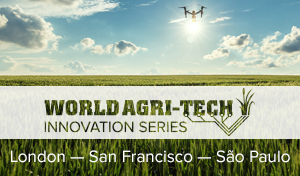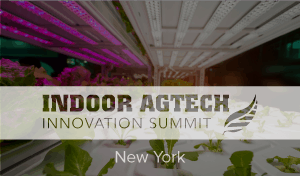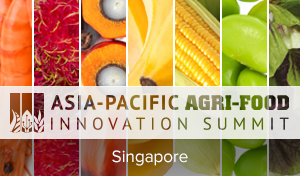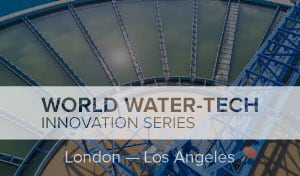Creating Higher Value Products Through Circular Systems: Pre-Summit Interview with Chris Aurand, Open Innovation Leader at Thai Union
Thai Union is a global seafood producer and market leader with ambitious goals for growth, innovation and sustainability. We caught up with Open Innovation Leader Chris Aurand ahead of the Blue Food Summit to talk about the benefits of circularity in aquaculture.

What does circularity look like in aquaculture?
The importance of circularity in aquaculture has become a key component of new projects by improving their sustainability while reducing their carbon footprint. Aquaculture systems have not lived up to their full potential in the past as they utilised expensive wastewater treatment systems that did not create added value. Circular systems will utilise the waste water which is high in ammonia and other nutrients to create higher value products, i.e. single cell proteins, bioplastics, and high value ingredients (Astaxanthin).
How can utilising waste make production more circular?
Waste utilisation will increase the profits and potentially shorten the ROI for the aquaculture operator. The waste stream contains nutrients that can be utilised by microbes and algae to produce higher value products, all the while cleaning the water. The cleaned water can then be recirculated in the aquaculture system, reducing the burden of the local water supply. The algae and microbes grown can be cracked to extract the valuable products or used intact to produce fish feed, completing the loop.
What innovations are you excited about that are helping advance sustainable blue food?
The adoption of high efficiency marine RAS systems that can be deployed in the harshest environments, including desert conditions. These highly efficient and enclosed systems will help reduce the carbon footprint of the seafood industry through the ability to grow high value fish locally. Efficiencies of these systems are increasing with the implementation of more accurate sensors, measuring conditions in real-time and adjusting the environment accordingly to ensure fish health and even implement fish exercise regimes.
Why is the Blue Food Innovation Summit an important date in your calendar?
The inaugural Blue Foods Innovation is an important date as it will showcase the future of the Blue Food industry with provoking talks from industry thought leaders. I am looking forward to meeting with start-ups and entrepreneurs that have novel solutions that will have a direct impact on the food ecosystem.
Chris will join a fireside chat titled ‘Circular Systems: Closing the Loop through Waste Utilisation & Resource Optimisation’ at the Blue Food Innovation Summit on June 14, alongside leaders from iCell Aqua and ECBF. View the full agenda here.

 CLOSE
CLOSE






